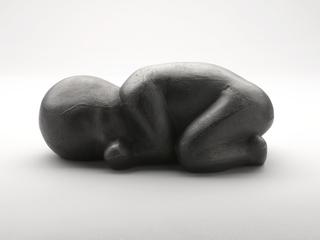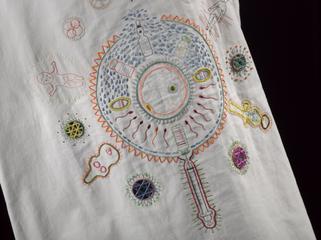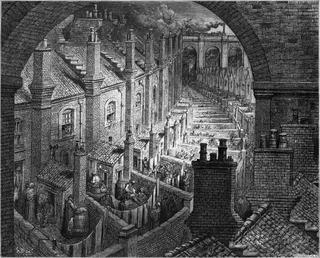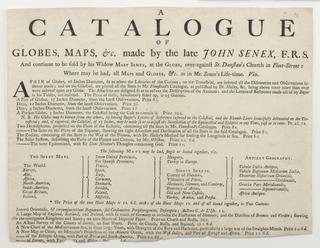
Scribblogram Drawing Machine developed and built by Dr Jack Tait
Scribblogram Drawing Machine developed and built by Dr Jack Tait, Clyro, Herefordshire, England, 2012
More
The Scribblogram is an analogue drawing machine that has three variable inputs, two of which give motion in X or Y direction, together with a phase component to give a ‘scribble’, provided by a small external programmer. It is a vertical X:Y plotter with a pen mechanism able to draw sets of lines.
This was Tait’s first machine able to make A3 size drawings as well as having a ‘cross hatch’ to mimic the hand drawn effect and light drawing facility. It was markedly different from all his other machines and proceeded in the direction of random effects particularly when multiple passes were drawn in different colours. It was also the first attempt to draw with a wide charcoal pen as opposed to the more usual finer lines.
Tait explains: ‘My programming is always based on not knowing what the outcome may be and is not a written algorithm. Instead, its programmes make use of the vagueries of linkages, D.C. motor characteristics and disrupted deterministic controls to achieved a quasi-random result.’
This machine is part of a group developed and built by Jack Tait as part of his work over 50 years investigating the role of machines in making art and specifically how simple instructions can create complexity. The final drawings created are known as ‘taitographs.’








